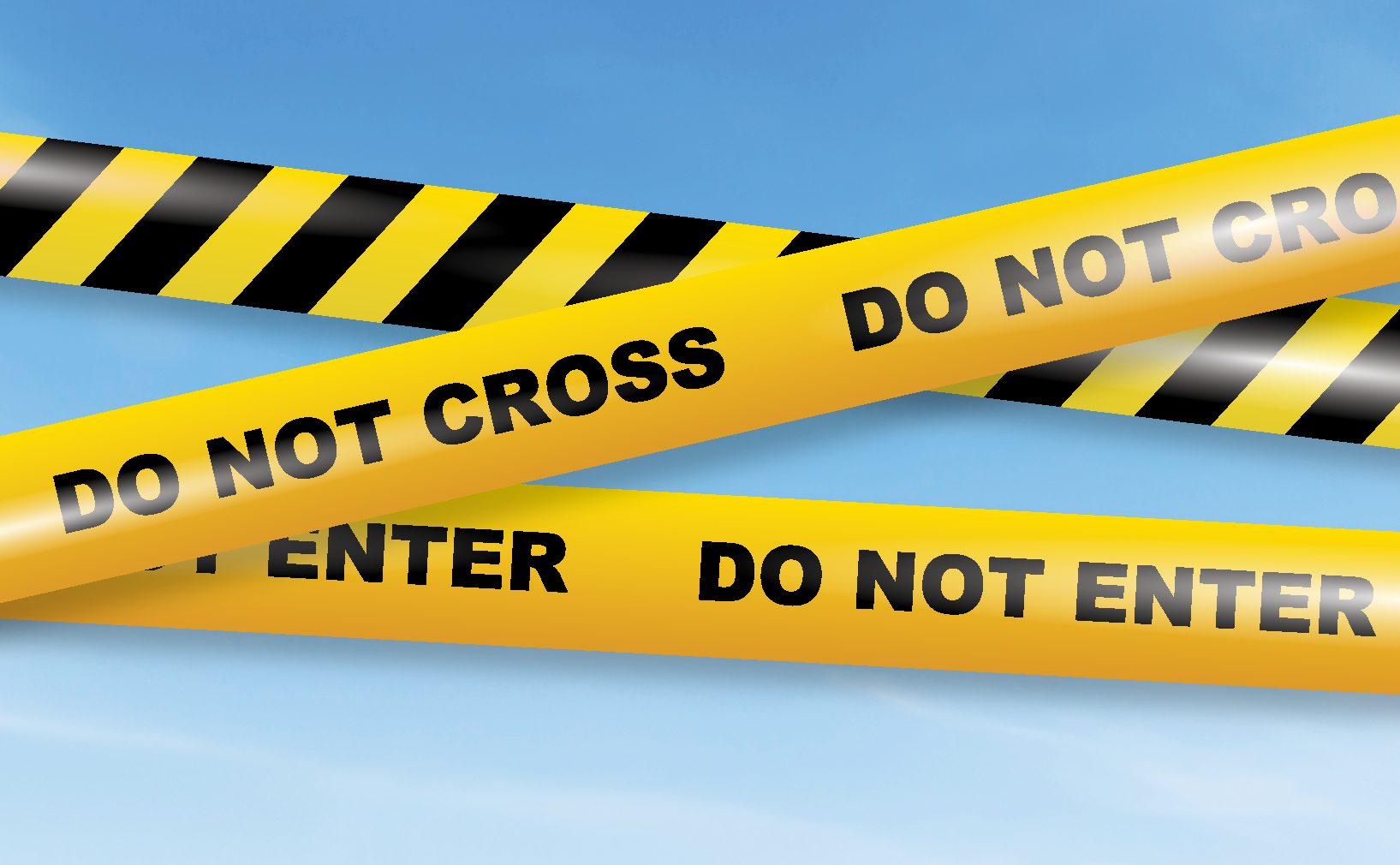A recreational pilot’s first flight after learning the basics of navigation unravels into an embarrassment that could have been a disaster.
I was so excited to be undertaking my first real cross-country flight, having recently obtained my RAAus cross-country endorsement. I had hired the small Tecnam P2002 that I’d flown for about 50 hours previously, as part of flying training and the endorsement and, with confidence, had decided I was competent and ready for my first real adventure.
I had been living for several years in a remote mining town in the mid-north region of South Australia, with the nearest aerodrome and flying school located at Port Augusta. My real hometown was Mount Gambier, located about 1,000 kilometres to the south-east, so what better place to make as my destination for a proper cross-country flying experience.
I planned my flight in 2 stages – the first leg from Port Augusta to Gawler with an overnight stay and the second from Gawler to Mount Gambier. I had studied my charts and NOTAMs in great detail and was very confident, despite the complex restricted airspace structures around Gawler. What could possibly go wrong?
I departed on a cloud and visibility OK (CAVOK) day from Port Augusta and followed my planned flight path meticulously until I approached the Clare Valley region. Ahead of me was a dense bank of low cloud. I considered my options and made the decision to divert around the cloud.
The Tecnam had no electronic navigation aids so everything needed to be done from charts and dead reckoning. I altered course to the east, flew around the cloud bank, then adjusted my flight path to my original course once I had clear air ahead of me again. Or at least this is what I thought I had done!
In fact, I flew past my original planned flight path and assumed a track further to the west. Without realising, I had mistaken the township of Freeling for the similar township of Kapunda on my chart and was happily flying on an unintended route that had me traversing active restricted airspace.
I was completely oblivious to my misdemeanour until I heard a call over the radio, ‘Aircraft in the vicinity of Freeling, this is helicopter [callsign] flying tourist route at Barossa Valley. I think Adelaide Centre is trying to contact you.’
Is that call about me? Adelaide Centre! Trying to contact me? How could this be? I hadn’t heard anything on my radio.
Oh, wait! I’m not monitoring the correct Area frequency. I hadn’t changed it since departing Port Augusta.
I instantly checked the correct frequency from my WAC chart and immediately called up Adelaide Centre.
‘Adelaide Centre, Tecnam 4998, do you read me?’
‘Tecnam numbers, go ahead.’
‘Adelaide Centre, Tecnam 4998, am currently at 2,500 feet, in the vicinity of Kapunda. I believe you may have been trying to contact me.’
‘Tecnam 4998, please IDENT.’
I pressed IDENT on my transponder.
‘Tecnam 4998, we have you identified. You have just flown through restricted airspace. You needed to be below 1,500 feet.’
I had just flown right through restricted airspace, completely oblivious to the seriousness of my situation.
‘Adelaide Centre, Tecnam 4998. Thank you. My apologies.’
I wasn’t sure what else to say at this point. Besides, my head was now completely bamboozled trying to establish what had occurred. If I wasn’t in the vicinity of Kapunda, then where was I?
The Barossa tourist helicopter pilot had previously said something about Freeling – where is that?
I found Freeling on my map and figured the general region where I must now be. Not wanting to get further into the unknown, and with the Adelaide Hills approaching ahead, I decided to fly in circles until I could establish my actual location. It seemed like an eternity and I was starting to feel the effects of panic set in. Eventually I spotted a winery that I knew. I had been there several times and was sure of its proximity to my intended destination. I followed a main road and, sure enough, soon found Gawler aerodrome. I landed safely and alighted the aeroplane somewhat shaken by the whole experience.
I had just flown right through restricted airspace, completely oblivious to the seriousness of my situation.
Upon reflection, and notwithstanding the fact that I had made errors when navigating from my charts, I realised my failing had been to forget that aspect of my cross-country training whereby I run through the CLEAR-OFF checklist – compass, log, engine, altitude, radio, orientation, fuel, forced landing.
I had been trained to follow these checks at every waypoint, of which one is selecting correct radio frequencies, but on this flight, I had not undertaken this key aspect of cross-country flying. How could I have forgotten? I still cannot understand; however, having made this mistake, every element of CLEAR-OFF is now very much at front-of-mind on all cross-country flights.
The next day, I continued my flight to Mount Gambier and on my return home, discussed the matter with my flight instructor. I decided to self-report using the RAAus occurrence management system. A couple days later, I was contacted by the RAAus Operations Manager and we discussed the incident in detail. My cross-country endorsement was suspended, only to be reinstated after successful completion of a further, more stringent, cross-country exercise with my flight instructor.
Lessons learnt
I consider myself fortunate not to have initiated a serious air safety incident. I learnt the hard way of the importance of radio management.
This was also a wake-up call on my abilities to properly read a map. I was over-confident and did not make enough positive ground fixes while diverting around the low cloud. Even though I now fly with the aid of an electronic flight bag, I still plot my flight on charts and make positive ground fixes enroute as a backup. I do not ever want to have my software fail, then be in that same predicament of staring at a map and not knowing my location.
Have you had a close call?
8 in 10 pilots say they learn best from other pilots and your narrow escape can be a valuable lesson.
We invite you to share your experience to help us improve aviation safety, whatever your role.
Find out more and share your close call here.
Disclaimer
Close calls are contributed by readers like you. They are someone’s account of a real-life experience. We publish close calls so others can learn positive lessons from their stories, and to stimulate discussion. We do our best to verify the information but cannot guarantee it is free of mistakes or errors.





